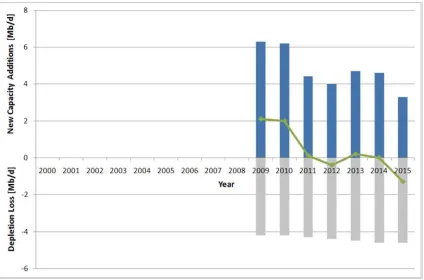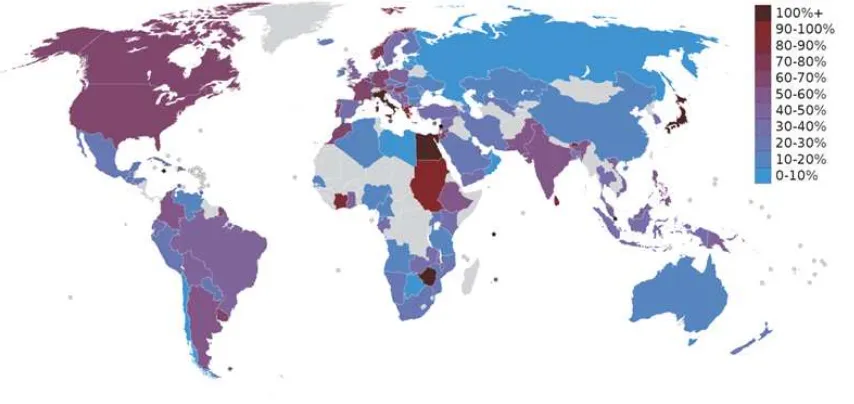Global oil risks in the early 21st century
Full text
Figure




Related documents
Because we center all explanatory variables, the constants of the model have a direct interpretation – they represent the expected loan rate (mean equation) and the residual
Navigating NIH • Each subagency has own funding policy • Some publish paylines (10‐90, 10 is best score) • You can request assignment to a subagency
First prize for anthology in the literary contest of the Penn Club of Puerto Rico 2009 First prize for poetry in the literary contest of the Penn Club of Puerto Rico 2007
This study provides evidence of excess prevalence of early life risk factors for obesity, in particular maternal obesity, poor maternal diet during pregnancy and high weight in
Others include putting the wrong fuel in a vehicle, overloading a vehicle with too many passengers or equipment, operating it in terrain and conditions it is not designed for,
Dracula.. SCIENCE FICTION ON FILM is an extremely intensive online course. You will be viewing 13 full-length films and excerpts from 13 other films in a very short time. This is not
To the best of our knowledge, this is the first study on the prevalence of the use of dental implants, peri-implant health, prevalence of peri-implant mucositis and peri-implantitis,
The roles are condensed into six roles: (1) information provider (lecturer and clinical / practical teacher), (2) role model (on-the-job role model and teaching role model),


